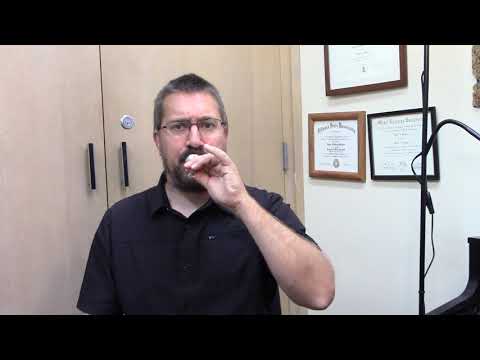3.3: Lección de práctica guiada 1.3
- Page ID
- 101791
\( \newcommand{\vecs}[1]{\overset { \scriptstyle \rightharpoonup} {\mathbf{#1}} } \) \( \newcommand{\vecd}[1]{\overset{-\!-\!\rightharpoonup}{\vphantom{a}\smash {#1}}} \)\(\newcommand{\id}{\mathrm{id}}\) \( \newcommand{\Span}{\mathrm{span}}\) \( \newcommand{\kernel}{\mathrm{null}\,}\) \( \newcommand{\range}{\mathrm{range}\,}\) \( \newcommand{\RealPart}{\mathrm{Re}}\) \( \newcommand{\ImaginaryPart}{\mathrm{Im}}\) \( \newcommand{\Argument}{\mathrm{Arg}}\) \( \newcommand{\norm}[1]{\| #1 \|}\) \( \newcommand{\inner}[2]{\langle #1, #2 \rangle}\) \( \newcommand{\Span}{\mathrm{span}}\) \(\newcommand{\id}{\mathrm{id}}\) \( \newcommand{\Span}{\mathrm{span}}\) \( \newcommand{\kernel}{\mathrm{null}\,}\) \( \newcommand{\range}{\mathrm{range}\,}\) \( \newcommand{\RealPart}{\mathrm{Re}}\) \( \newcommand{\ImaginaryPart}{\mathrm{Im}}\) \( \newcommand{\Argument}{\mathrm{Arg}}\) \( \newcommand{\norm}[1]{\| #1 \|}\) \( \newcommand{\inner}[2]{\langle #1, #2 \rangle}\) \( \newcommand{\Span}{\mathrm{span}}\)\(\newcommand{\AA}{\unicode[.8,0]{x212B}}\)
Objetivos
Los estudiantes serán capaces de:
- tocar un tono constante sostenido en la boquilla y el instrumento
- alterar el tono en la boquilla
- tocar un tono abierto específico en el instrumento
- articular un solo tono usando articulación legato y tono de consistencia
Materiales
- Instrumento
- Metrónomo
Actividades
- Sizzle para 4 conteos sostenidos, tomando una respiración de un conteo. Repita 4 veces. Sizzle para 8 conteos sostenidos, tomando una respiración de un conteo.
- Tonos largos en un tono cómodo en la boquilla o en instrumentos cortos. Tómate tanto tiempo fuera de la cara como en la cara. Sustenga el tono el mayor tiempo posible con una calidad de tono consistente. Repita 4 veces.
- 4 cuenta con, 4 cuenta apagado en tonos largos en el instrumento. Asegúrate de que haya un ataque con lengua clara, un sostenido constante y un lanzamiento abierto en cada tono.
- Sirenas en la boquilla. Mantenga un tono bajo para 1 conteo, y glissando hacia arriba y hacia abajo para volver al tono original. Sostenga el tono original para 1 conteo. Repita 4 veces.
- Un labio direccional se escurre en el instrumento. Comienza en el parcial superior (para la mayoría de los alumnos, este será concierto F en trompeta, trombón, eufonio y tuba y concierto en C para trompa). Mantenga el parcial superior durante 4 recuentos y el slur hacia abajo al parcial inferior para 4 recuentos. Asegúrese de que haya aire continuo entre tonos y que ese tono sea consistente. Repita 4 veces. Comienza en el parcial inferior (para la mayoría de los estudiantes, este será concierto en Sib en trompeta, trombón, eufonio y tuba, y Un concierto en bocina). Sostenga el parcial inferior durante 4 recuentos y slur hasta el parcial superior. Asegúrate de mantener el aire continuo entre las notas y evitar pellizcar los labios. Repita 4 veces.
- Habla y toca notas de cuarto legato. En una cómoda digitación abierta, habla 4 notas de cuarto en tah. Descanso por 4 recuentos. Juega por 4 recuentos. Asegúrese de mantener el aire consistente entre las notas y escuche una articulación clara pero ligera para comenzar cada tono. La consistencia es la clave para este ejercicio.



